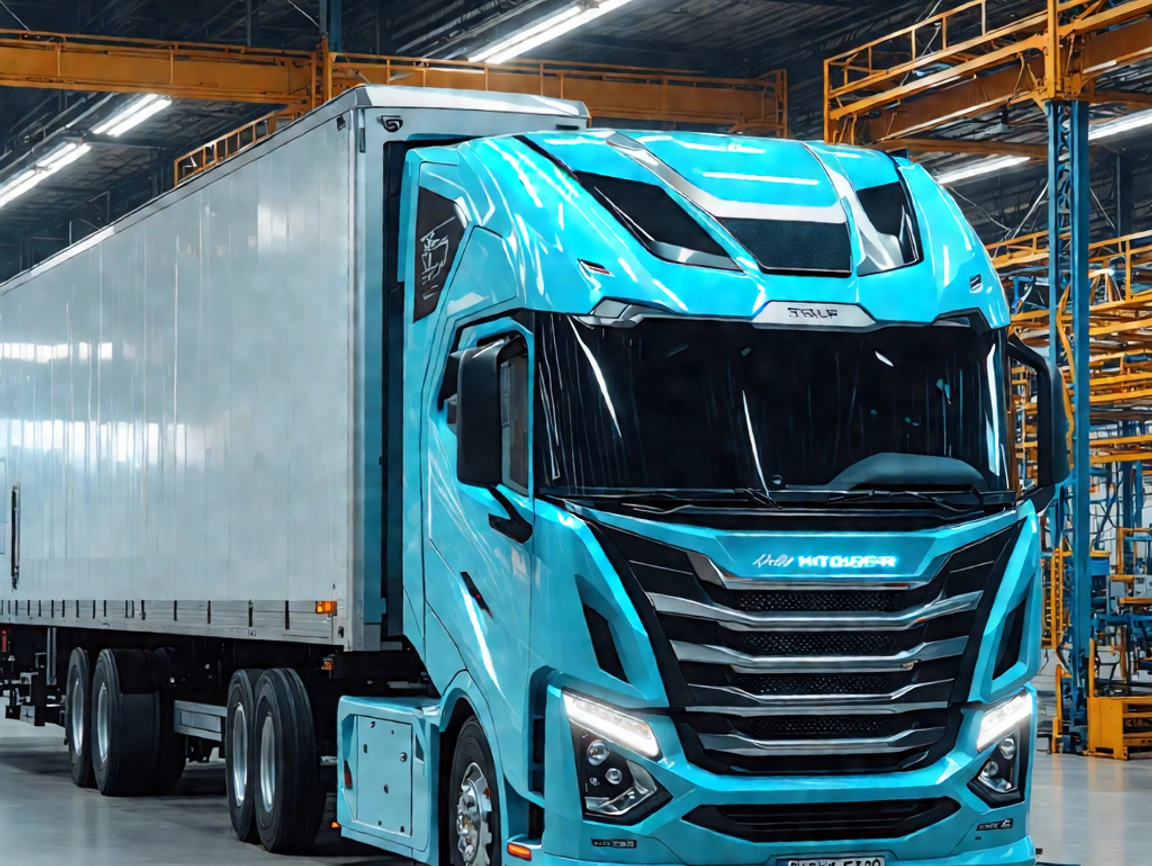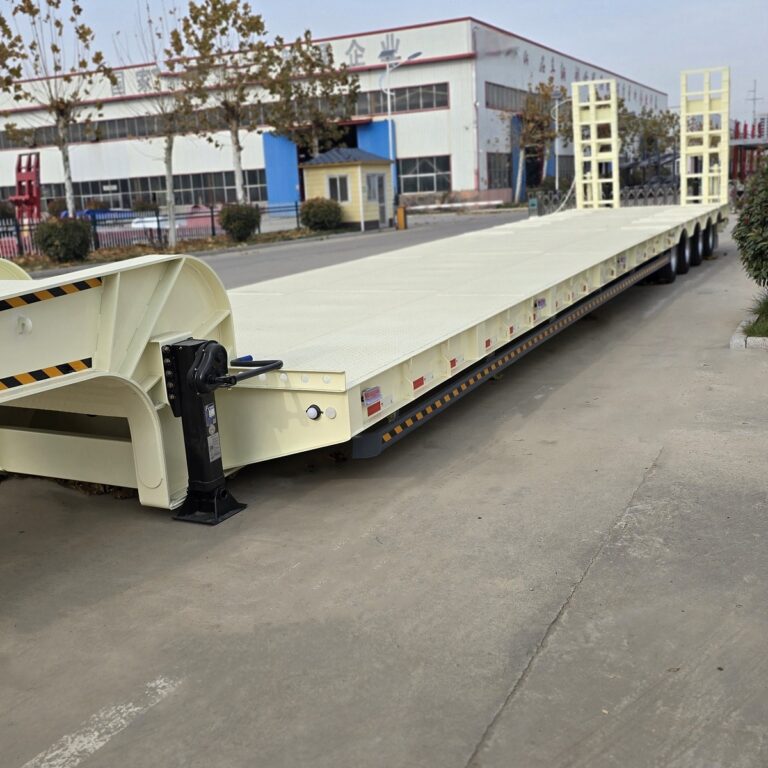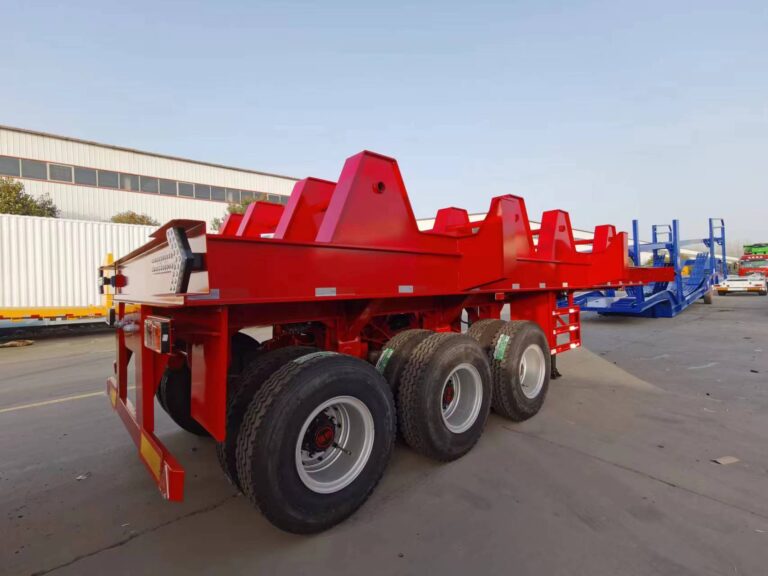Protecting the Manufacturing and Use of Trailers in the Future
Protecting the Manufacturing and Use of Trailers in the Future
In the rapidly evolving landscape of technological advancements, artificial intelligence (AI) is emerging as a game – changer across numerous industries, and the realm of heavy – truck trailer transportation is no exception. AI holds great promise in safeguarding both the manufacturing processes and the usage of trailers in the future.
1. Precision in Manufacturing
1.1 Design Optimization
AI – powered design tools can analyze a vast amount of data related to trailer performance, load – bearing requirements, and aerodynamics. By simulating different design scenarios, these tools can suggest the most optimal trailer designs. For instance, they can determine the ideal shape of the trailer body to minimize wind resistance, which not only improves fuel efficiency during transportation but also reduces wear and tear on the trailer over time. This optimized design also enhances the overall structural integrity of the trailer, protecting it from potential damage during normal and extreme usage conditions.
1.2 Quality Control
During the manufacturing process, AI – enabled sensors and cameras can be deployed on the production line. These sensors can detect even the slightest defects in the materials used, such as cracks in the metal sheets or irregularities in the welding. In real – time, they can analyze the manufacturing process and identify any deviations from the set standards. If a problem is detected, the production line can be halted immediately, preventing the production of faulty trailers. This not only saves costs associated with rework but also ensures that only high – quality trailers reach the market, protecting the reputation of the manufacturers and the safety of end – users.
2. Enhanced Safety and Durability in Use
2.1 Predictive Maintenance
AI algorithms can monitor the real – time performance of trailers through a network of sensors installed on various components. These sensors can collect data on factors like tire pressure, brake wear, and the condition of the suspension system. By analyzing this data, AI can predict when maintenance is required. For example, if the algorithm detects a gradual increase in tire temperature and a corresponding decrease in pressure, it can alert the driver or the fleet manager to the potential for a tire blowout. This allows for timely maintenance, reducing the risk of breakdowns on the road and protecting the trailer from severe damage that could occur during an unexpected failure.
2.2 Collision Avoidance Systems
Similar to their application in heavy – trucks, AI – based collision – avoidance systems are being developed for trailers. These systems use sensors and cameras to detect the presence of other vehicles, pedestrians, or obstacles in the vicinity of the trailer. If a potential collision is detected, the system can automatically apply the brakes or adjust the trailer’s position to avoid the impact. This not only protects the trailer from damage but also enhances the safety of everyone on the road.
3. Security in Transportation
3.1 Theft Prevention
AI – driven security systems can be installed on trailers to protect their valuable cargo. These systems can include motion sensors, cameras with facial recognition capabilities, and GPS tracking devices. The AI algorithms can analyze the data from these sensors in real – time. If an unauthorized person tries to access the trailer, the system can immediately send an alert to the owner or the relevant authorities. Additionally, the GPS tracking allows for the quick location of the trailer in case of theft, minimizing losses.
In conclusion, as AI continues to develop, it will play an increasingly vital role in protecting the manufacturing and use of heavy – truck trailers. By leveraging AI technology, the trailer industry can look forward to a future with higher – quality products, enhanced safety, and improved security. However, it is essential to ensure that appropriate ethical and legal frameworks are in place to govern the use of AI in this context.







